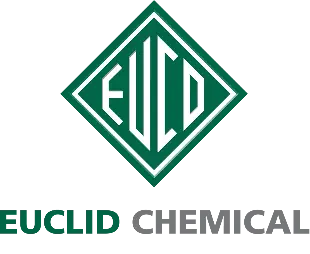Macro Fiber
Macro Synthetic Fibers
Euclid Chemical’s TUF-STRAND macrofiber and macro/micro blends comply with ASTM C1116, Standard Specification for Fiber Reinforced Concrete and Shotcrete, and are specifically designed to provide equivalent tensile and bending resistance to conventional reinforcement requirements. Concrete reinforced with TUF-STRAND fibers will have three-dimensional reinforcing with enhanced flexural toughness, impact and abrasion resistance and will also help mitigate the formation of plastic shrinkage cracking in concrete.

Applications
• Slabs-on-Ground, parking lots, sidewalks, distribution centers, warehouses, decorative concrete
• High performance floors with extended joint spacing
• Thin walled precast (septic tanks, vaults, walls, etc.)
• Shotcrete for tunnel linings, pool construction and slope stabilization
• Whitetoppings, bridge decks and concrete pavement
• ICF walls
• Elevated construction and composite metal decks
Features & Benefits
• Equivalent strengths to WWM and rebar provided by engineering calculations
• Controls and mitigates plastic-shrinkage cracking & reduces segregation and provides bleed water uniformity
• Provides three-dimensional reinforcement against micro and macro-cracking
• Reduces equipment wear, fiber rebound and increases build-up thickness compared to steel fibers for shotcrete applications
• Increases overall durability, fatigue resistance and flexural toughness
• Reduction of in-place cost versus wire mesh
• Easily added to concrete mixture at any time prior to placement
• Applicable for design by ACI 332, ACI 360 and ACI 544
• Tested in accordance with ASTM C1609, ASTM C1550 and EN 14651
• Certified for use by UL/ULC for D900 and F900 Series metal deck assemblies as alternate to WWM (CBXQ.R13773)
• Reduction of carbon footprint (CO₂eq) compared to conventional reinforcement
Fibers from Silver Strike Concrete

Micro Synthetic Fibers
Reducing Micro/Plastic Shrinkage Cracking

Macro Synthetic Fibers
Replacing Rebar & Welded Wire Mesh

Blended Synthetic Fibers
Benefits of Both Technologies




